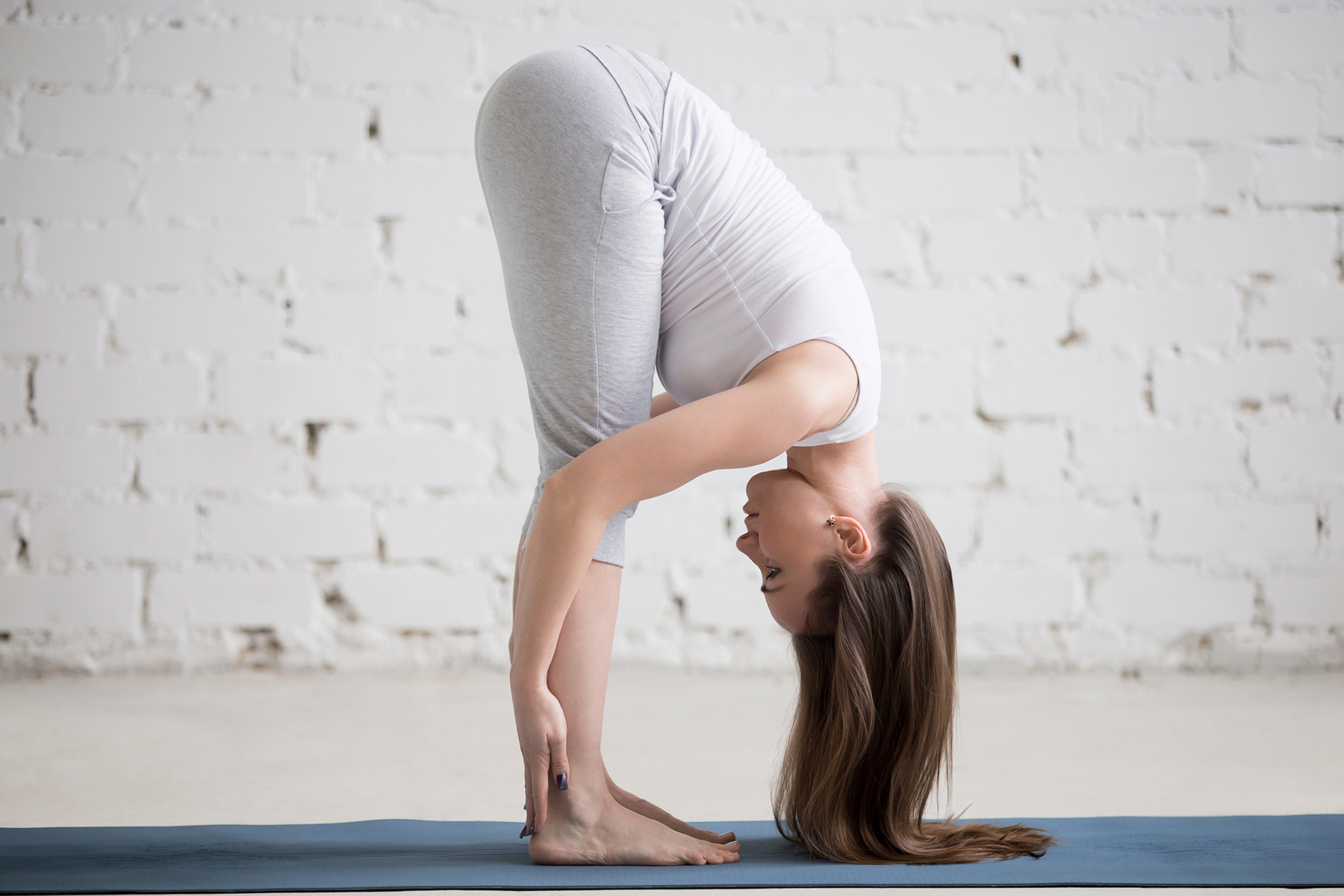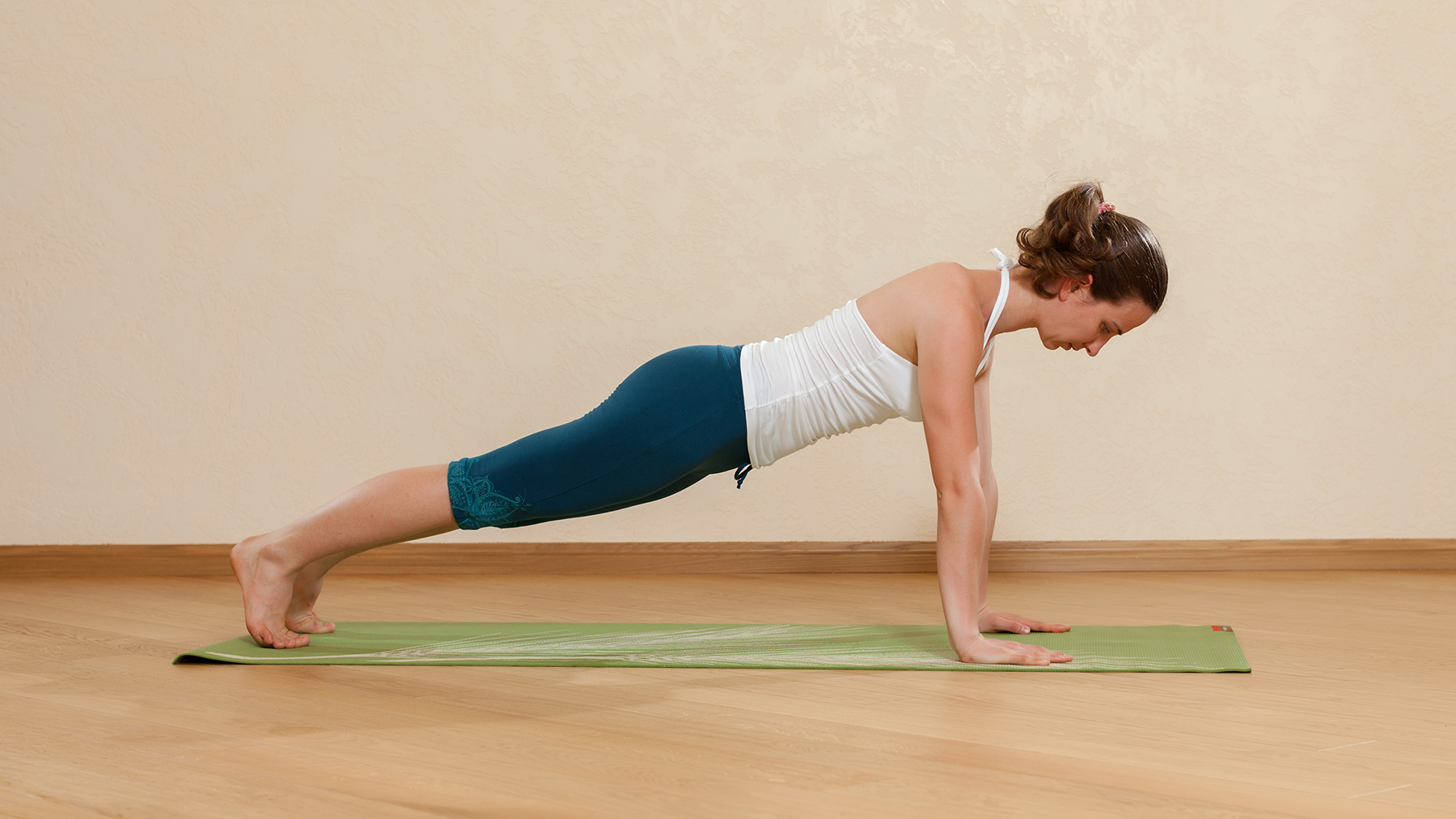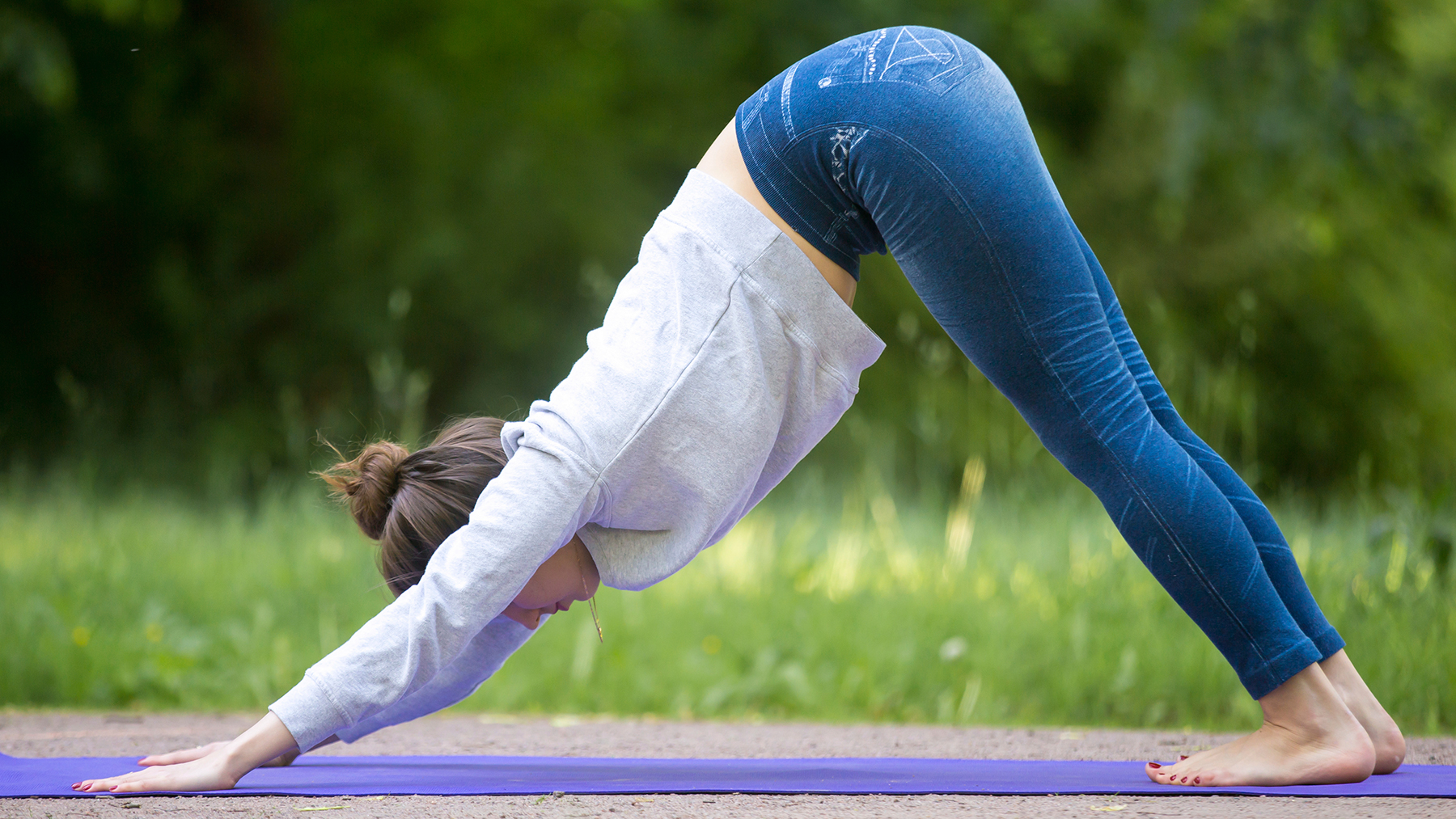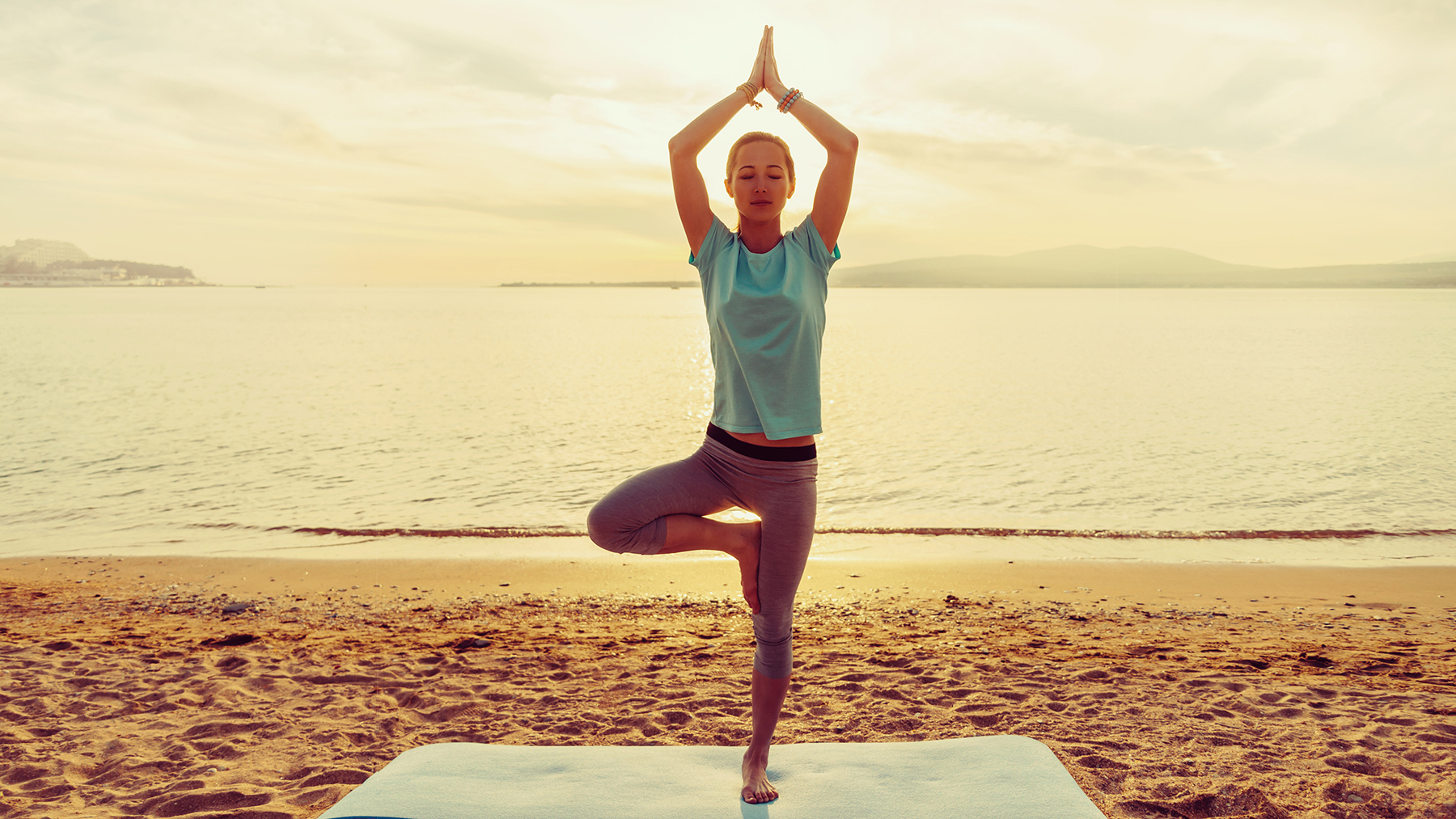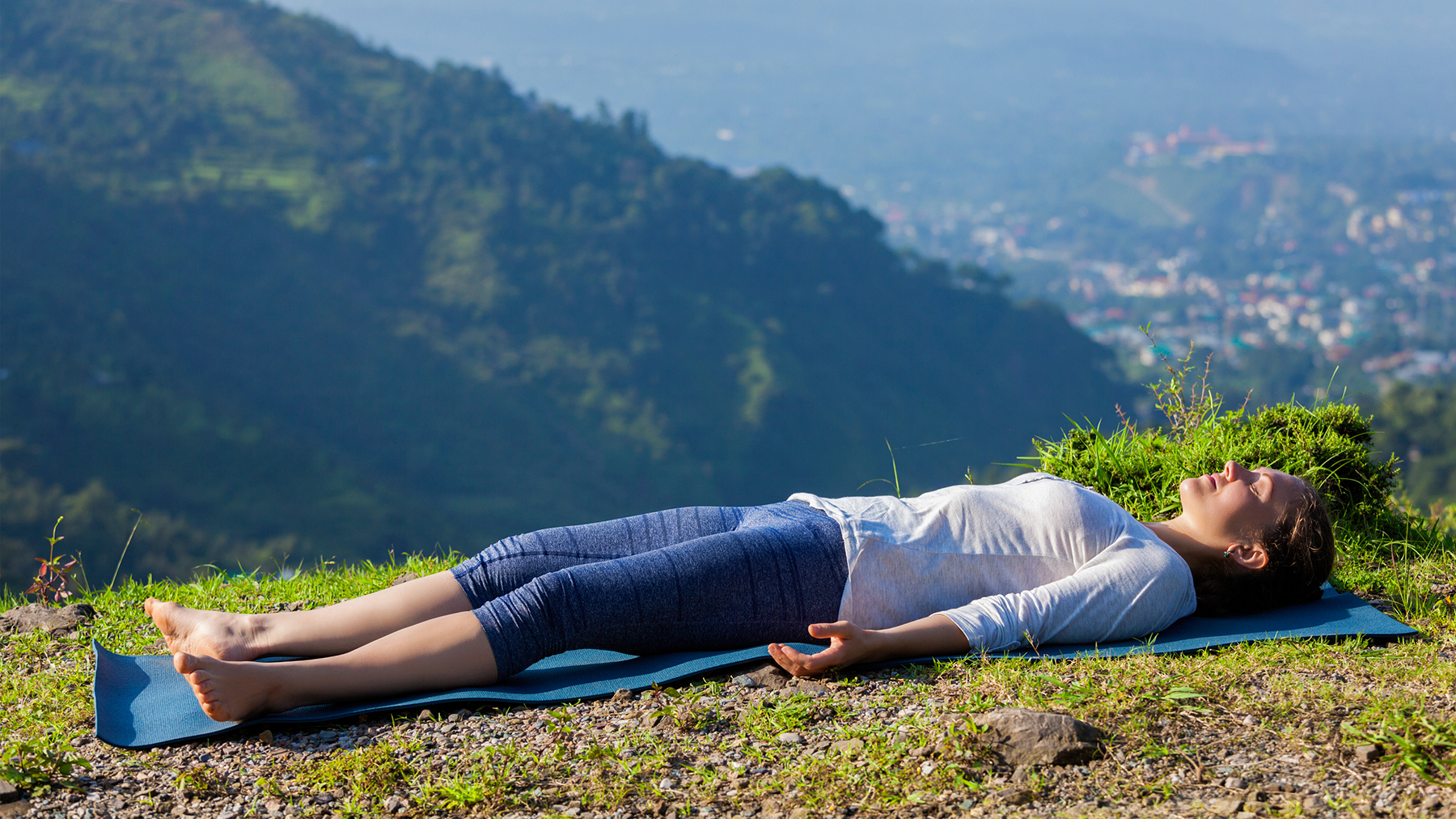Five Key Poses to Start Your Yoga Practice
Five Key Poses to Start Your Yoga Practice
By Unknown
Updated
5 minute read
Like all things, yoga does take practice…hence why actually carrying out the exercise is called a yoga “practice.” But many beginner yogis find themselves hooked after experiencing the benefits.
“Yoga is great; it incorporates core strength, flexibility, and balance – important aspects that we should all focus on,” says Dr. Chris Evensen, orthopedic surgeon at Sevier Valley Hospital and Sanpete Valley Hospital. “It also contributes to an overall sense of physical and mental wellbeing. Whether someone is trying to stay fit in their golden years or a younger, active athlete, they can find benefits from yoga."
RELATED POST: Locust Pose Your Way to Better Health
Here are five key poses to start your practice with:
Forward Fold
HOW
Standing with your feet hip-width apart, slowly hinge forward as far as you can comfortably go, keeping your knees straight. Place your hands or finger tips on the floor in front of you, or for an easier modification, place them on the back of your calves.
WHY
Obviously, this stretches multiple muscle groups, but additionally, inverted poses like this allow for spinal decompression – a huge plus.
Plank
HOW
Placing your hands firmly on the ground, with your arms straight over your wrists, step your feet back until your legs are directly behind you. The goal is to have a straight “line” running from your shoulders down to your heels. You can modify this pose by going onto your forearms – a good option for those with wrist issues.
WHY
Plank pose not only strengthens your arms and shoulders, but it’s a great ab workout too.
Down Dog
HOW
From plank, shift your weight onto your heels, pushing your hips upward. The goal is to have your heels as close to the ground as possible (don’t worry, it will eventually happen!), as your hands continue to press away from the mat (or in yogi talk, “the Earth”).
WHY
Like forward fold, this is a great decompression pose to take weight off of your spine, and also a great overall stretch.
Tree
HOW
Come up to a standing position (mountain pose), hips shoulder-width apart. Open your toes and distribute the weight evenly throughout your right foot. Bring your left foot up and set it on the inside of your thigh. Bring your hands together in front of your heart, or place them straight above your head. Need a modification? Bring your left foot just to the side of your ankle, or on the inside of your calf, then work your way up. Repeat on the other foot. Tip: Focus on one object at eye level to help with your balance.
WHY
Studies show that performing balancing poses can actually help balance your mind and increase concentration. And of course, depending how long you are able to hold this, it will be a strengthening pose as well.
Corpse Pose
HOW
Work your way onto your back and let your arms and legs rest. Close your eyes, and work to bring your awareness to your stomach rising and falling while focusing on your breathing and bringing positive energy in with each inhale. Stay in the pose for as long as you like – without falling asleep.
WHY
This may seem like the easiest pose of the day, but it can also require concentration to keep your mind from wandering to your to do list for the day. Relaxation and meditation is important for both the mind and body, and taking a few minutes to do this can lead to a healthier life.
Build onto these poses by learning more at YogaJournal.com. Good luck with your practice…Namaste! (roughly interpreted: “The divine in me recognizes the divine in you.”)
